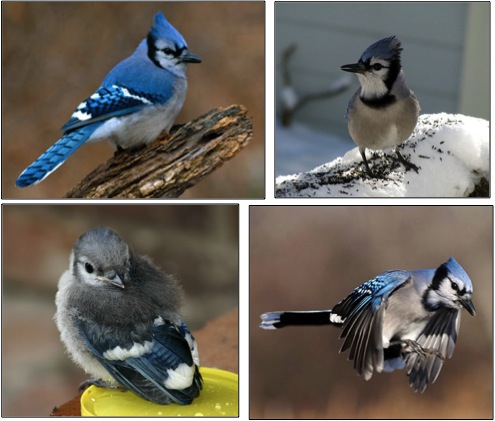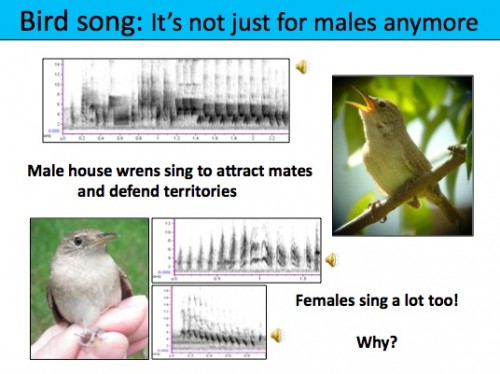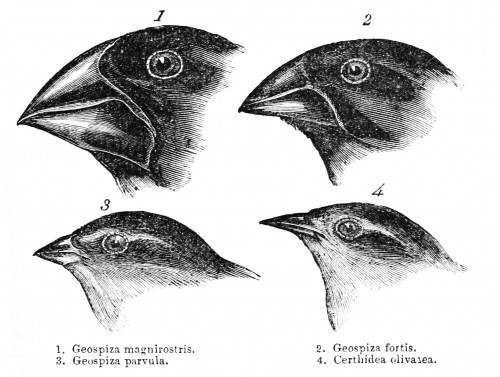Although winter may seem like a life-less frozen wasteland here in Michigan, many birds spend the winter here. Some arctic birds even come down to Michigan to escape the cold! Many of these winter birds can be easily attracted to backyard feeders, particularly since food is in short supply. In this lesson students will learn how to identify the 16 most common feeder birds in Michigan and will be introduced to 8 other less common species. Students will learn how scientists classify and identify species. This lesson also provides materials necessary for students to collect data from their own bird feeder and tools to contribute their data to citizen science efforts like the Great Backyard Bird Count or Cornell’s eBird tracking program that help scientists monitor bird populations across the United States.
At the conclusion of the lesson, students will be able to:
- Correctly identify the 16 most common birds that visit Michigan feeders in winter
- Recognize 8 other less common species
- Explain how citizen science information on birds can help scientists
Resources:
- Lesson plan
- Powerpoint that introduces citizen science bird watching programs and introduces all the bird species (“Bird Identification Intro”)
- Powerpoint with virtual bird watching slides to practice identifying birds (“Virtual Bird Watching Slides”)
- Colored printable bird guide with helpful pointers (pdf: “Winter Feeder Bird Guide”)
- Checklist for data collection at feeders (pdf: “Bird Guide and Checklist”)
Lesson plan by GK-12 Fellow Cara Krieg, 2014





